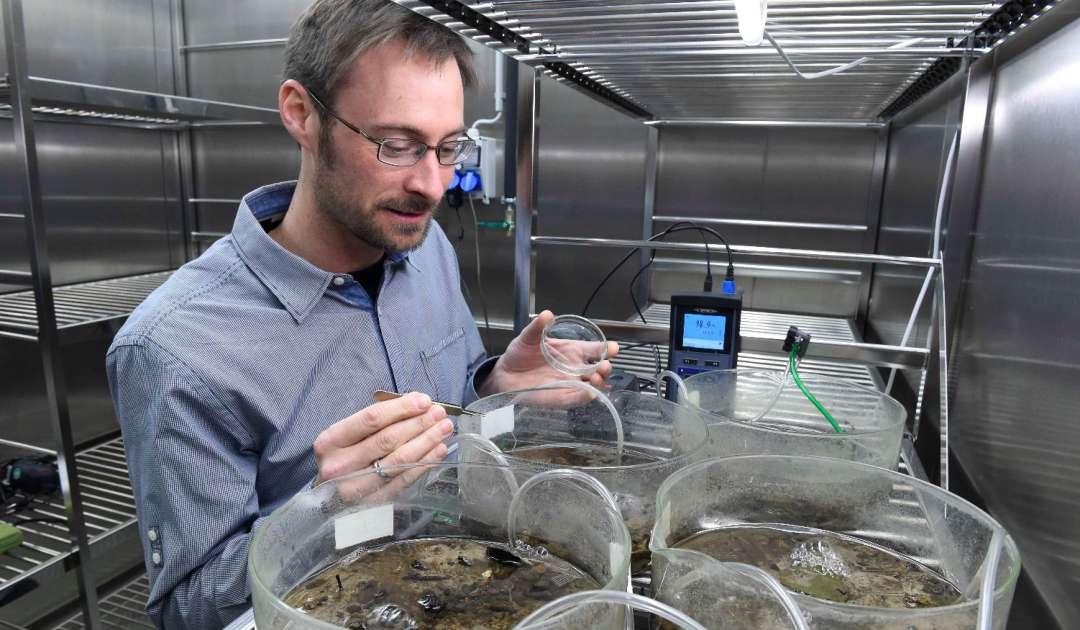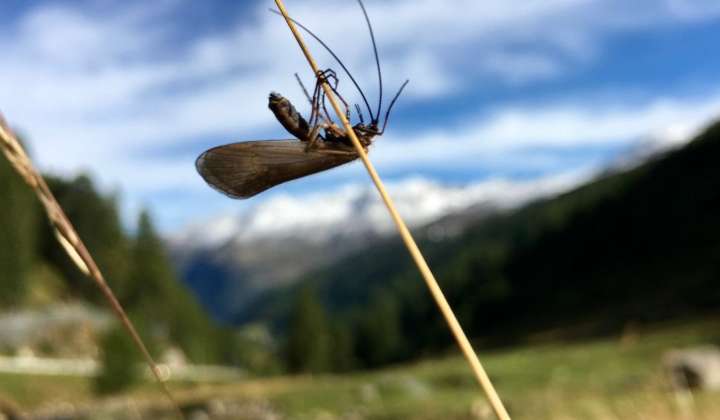Entomology III
Research
The Entomology III team conducts research into the evolution, speciation, ecological adaptation and distribution of caddisflies, moths and butterflies. We are looking to answer questions about the development of populations and species and what influence global change has on these processes. The extensive collections of Lepidoptera (butterflies and moths) with 1.2 million specimens and Trichoptera (caddisflies) with over 20,000 specimens form the basis for morphological and genetic studies. The research work is assigned to the Senckenberg research areas Biodiversity, Systematics and Evolution, Biodiversity and Environment and Biodiversity and Climate.





